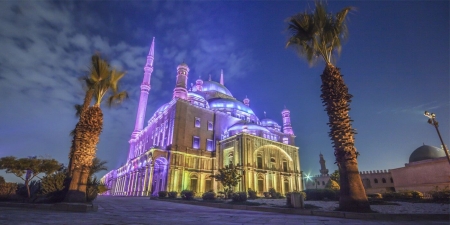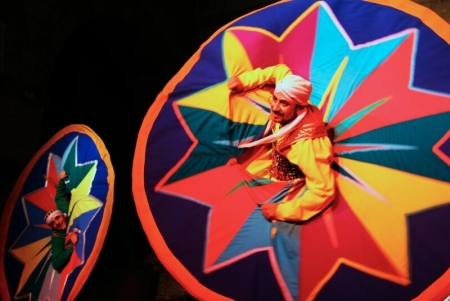-
Home
- Egypt
- Egypt Travel Guide
- Cairo Attractions
- El Ghorya | Attractions in Cairo Egypt
El Ghorya | Attractions in Cairo Egypt
The complex was a built as a unique, multi-use space. It included the mosque and the mausoleum, but also a sabil that provided free water to the people, administrative space, and a covered market among other things.
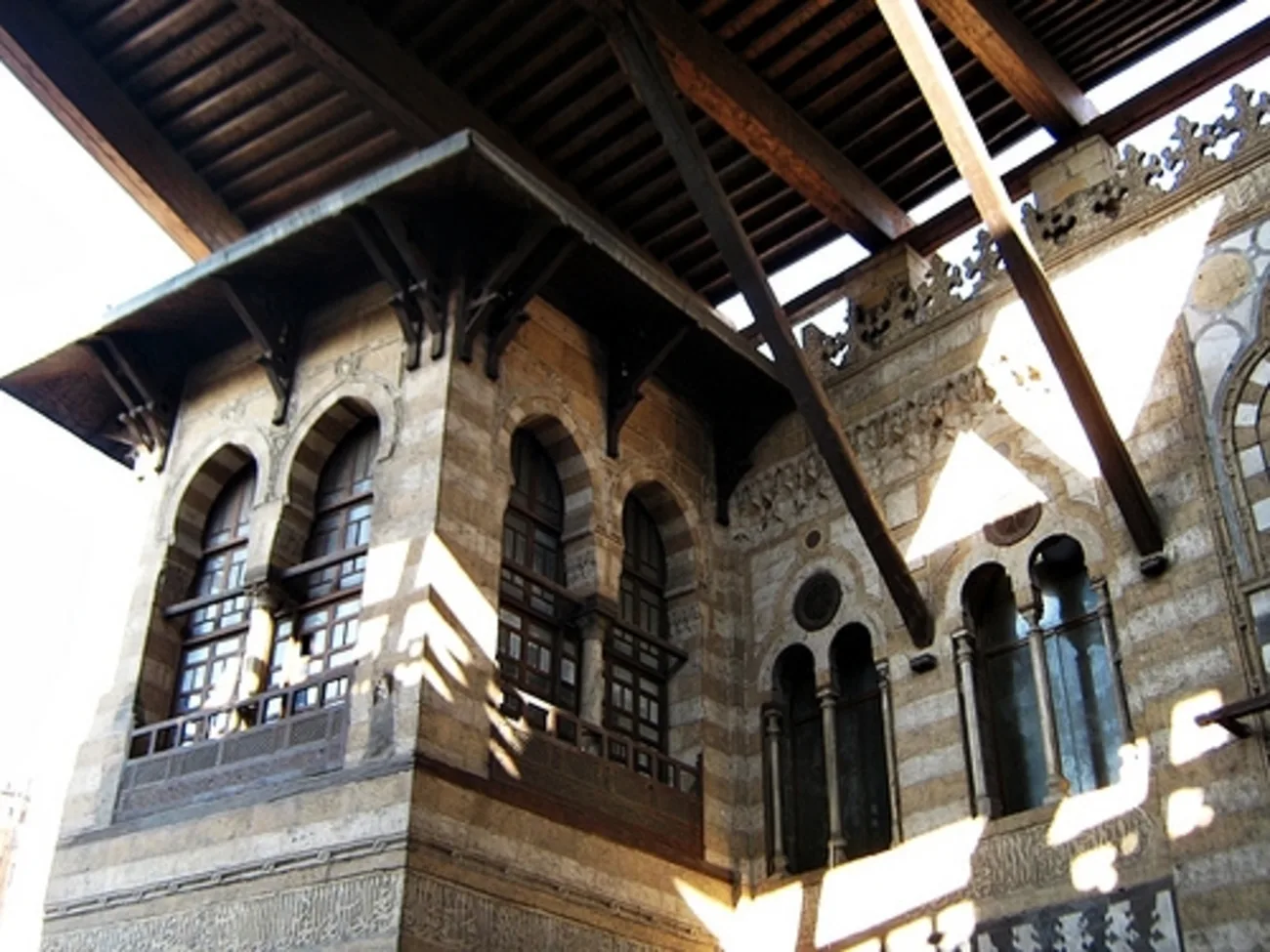
Built straddling AL-Muizz Street at the beginning of the 16th century by Sultan Qansuh Al-Ghuri, these buildings stand today as a reminder of a grander period in Cairo’s history when the city rivaled the great capitals of Europe for architectural grandeur. The Ottoman Empire would defeated the Egyptian Mamluk army in 1514, ending Al-Ghuri’s reign and beginning a period of decline in Cairo’s influence.
The Ghouriyya Complex is just south of Al-Azhar Street at the beginning the southern section of Al-Muizz Street that leads to Bab Zuweila. On the east side of the street is the mausoleum that Al-Ghuri built for himself. Tragically, his remains were lost in battle with the Ottomans and never buried there.
On the west side is a madrassa style mosque that boasts one of the highest minarets in Cairo. Its ceiling used to support the largest dome in the city, but it repeatedly collapsed and has been replaced by a simple flat wooden roof.
The complex was a built as a unique, multi-use space. It included the mosque and the mausoleum, but also a sabil that provided free water to the people, administrative space, and a covered market among other things. Some parts of the original building have been demolished, but the Wikila Al-Ghuri still stands further east beyond several modern buildings.
Now restored to offer a performance venue and housing and exhibit space for artists, this building was originally one of hundreds of covered markets in Cairo. Stalls on the first floor served as shops for travelling merchants while the upper levels provided housing and storage. Today you can see whirling dervishes perform their meditative dance here in the free Tannouri Show on Saturday and Wednesday.
Customize Your Dream Vacation!
Get in touch with our local experts for an unforgettable journey.
Plan Your TripEgypt Pyramids
- Dahshur Pyramids | Egypt Pyramids
- How Were the Pyramids Built?
- The Bent Pyramid at Dahshur
- Khafre Pyramid (Pyramid of Chefren)
- Pyramid of Khufu (Cheops Pyramid)
- Pyramid of Menkaure (Mykerinus Pyramid)
- Djoser Step Pyramid at Saqqara
- Giza Necropolis
- The City of Memphis, Egypt
- Saqqara Step Pyramid Egypt
- The Red Pyramid at Dahshur
ِAncient Egyptian History
- The Middle Kingdom of Ancient Egypt
- Alexander the Great | Egypt History
- Queen Hatshepsut
- King Tutankhamun Facts
- Salah Al-Din Al-Ayyubi
- King Ramses II: Facts, Accomplishments, Life and Death
- Sultan Mohammad Ali
- Amr Ibn Al-Aas
- The Old Kingdom of Ancient Egypt
- The New Kingdom of Ancient Egypt
- Greco-Roman Period
- Islamic Egypt
- Mamluk in Egypt & Ottomans History
- Egypt in the Modern Era
- Behind the Throne: Exploring the Life and Reign of Queen Cleopatra of Egypt
Cairo Attractions
- Al Aqmar Mosque in El Muizz Street
- Sultan Al Mansur Qalawun Mosque
- Al Azhar Mosque
- Mosque of Amr ibn al-As: Egypt’s Oldest Mosque and a Living Chronicle of Faith
- Bab Zuweila
- Museum of Islamic Art
- Mosque and Madrasa of Sultan Hassan
- Ahmed Ibn Tulun Mosque
- Bayt Al Suhaymi in Cairo
- Cairo Opera House
- The Coptic Museum in Cairo
- The Egyptian Museum in Cairo
- El Ghorya | Attractions in Cairo Egypt
- Ben Ezra Synagogue Cairo
- Khan El Khalili Bazaar
- Old Cairo and Coptic Cairo
- Salah El Din Citadel in Cairo | Egypt
- The Hanging Church | Coptic Cairo
- Al-Muizz Al-Deen Allah Street
- Downtown Cairo
- Zamalek / Gezira
- Islamic Cairo
- Souk Al Khayamiya | Tentmakers Bazaar
Alexandria Attractions
- City of Alexandria
- El Ain El Sokhna | Red Sea Egypt
- El Sharkia Governorate History | Egypt Cities
- The Faiyum Travel Guide | Egypt
- Port Said Travel guide | Egypt
- Marsa Alam Information
- Aswan High Dam | The High Dam of Egypt
- Qaitbay Citadel in Alexandria
- Pompey's Pillar in Alexandria
- Why El Alamein Egypt Became World War II's Most Important Battlefield
- Alexandria Egypt | Pearl of the Mediterranean
- Alexandria Library Egypt | Bibliotheca Alexandria
- Things to See in Alexandria
- Cairo Travel information | Cairo Egypt
- The Catacombs of Kom el-Shuqafa
- Greco-Roman Museum
- Lighthouse of Alexandria
- Luxor Travel Guide | Luxor City | Egypt
- Montazah Park Alexandria
- Red Sea Egypt | Red Sea Travel Guide
- The Western Desert of Egypt | Egypt Oases
Luxor Attractions
Aswan Attractions
Nile Valley
Red Sea and Sinai
Ports of Call
Egyptian Culture and Travel Info
Explore Cairo's museums, starting with the Grand Egyptian Museum (GEM) and then head to the Egyptian Museum.
Plan Your Trip!
You Might Also Like
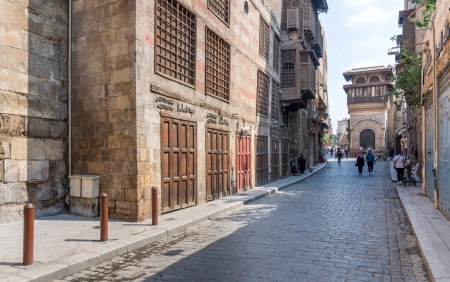
Uncover the beauty of Al Aqmar Mosque Cairo. Learn about its history, architectural wonders, and essential visitor tips in this comprehensive guide.

Visit Sultan Al Mansur Qalawun Mosque in Islamic Cairo—Marvel at this Mamluk masterpiece and learn about its fascinating historical significance.
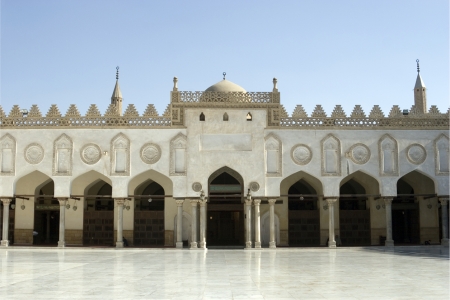
Uncover the significance of Al Azhar Mosque, Cairo’s grand mosque and prestigious university—a cornerstone of Islamic heritage and learning.

Journey into Egypt’s past at the Mosque of Amr ibn al-As. Learn its history and explore this cornerstone of Islamic culture in Cairo.
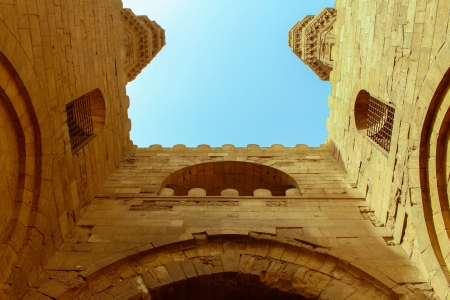
Journey through Old Cairo’s history at Bab Zuweila. Uncover stories, architecture, and secrets of this legendary city gate.
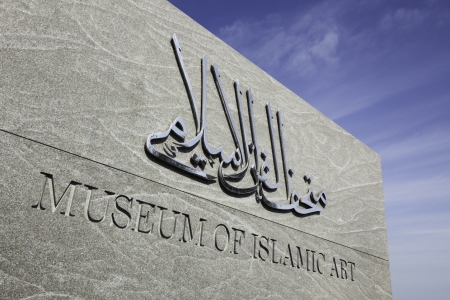
Explore the Museum of Islamic Art, Doha’s cultural gem. Witness stunning collections where the story of Islamic art and history beautifully unfolds.
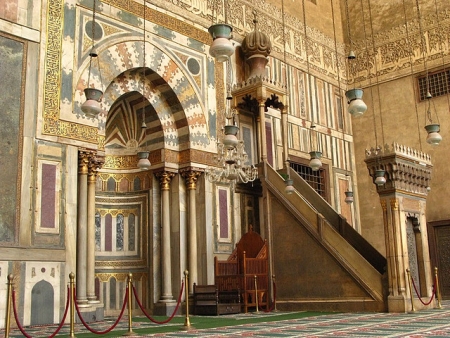
Unveil the fascinating history of the Mosque and Madrasa of Sultan Hassan, Cairo’s iconic Mamluk monument celebrated for its grandeur and artistry.
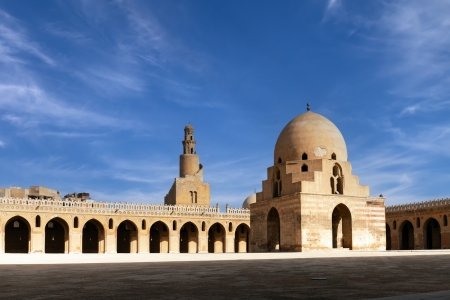
Step into history with Ahmed Ibn Tulun Mosque. Learn about its stunning architecture, captivating past, and importance in Islamic culture.
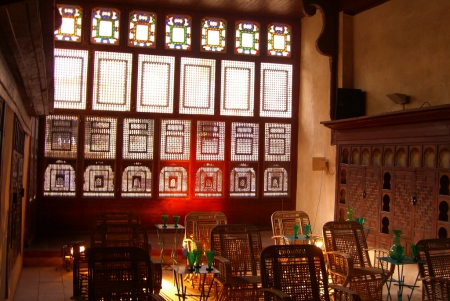
Discover Bayt Al Suhaymi Cairo—an authentic glimpse into Ottoman life. Visit beit el seheimy for rich architecture, culture, and history.

Discover the history and charm of the Cairo Opera House, Egypt’s hub for music, ballet, and cultural performances. Plan your visit today.
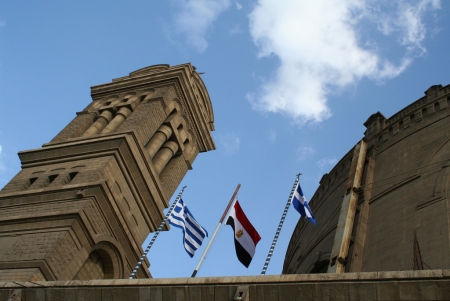
The Coptic Museum lies behind the walls of the famous Roman fortress of Babylon in the ancient district of Cairo (Misr Al-Qadima).

Experience the marvels of The Egyptian Museum in Cairo. Uncover Egypt's treasures and find essential tips for your next visit here.

The complex was a built as a unique, multi-use space. It included the mosque and the mausoleum, but also a sabil that provided free water to the people, administrative space, and a covered market among other things.
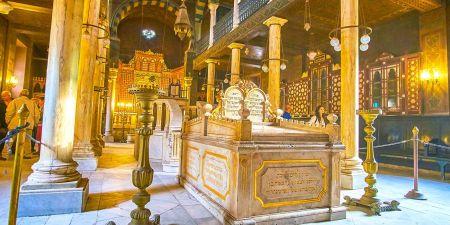
Discover the rich history of Ben Ezra Synagogue Cairo, a stunning landmark of Jewish heritage nestled in the heart of Coptic Cairo.
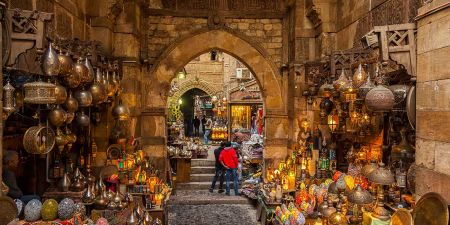
Visit Khan el-Khalili Cairo, a must-see bazaar renowned for its rich history, bustling shops, and authentic Egyptian experience.
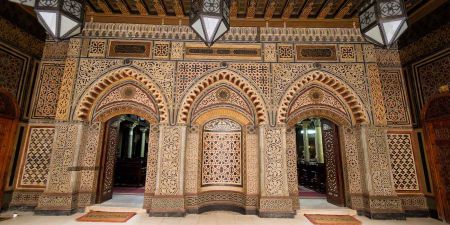
The district of Old Cairo ( Masr al-Qadima in Arabic ) is Located in the south part of the city, on the right bank of the Nile opposite to the Island of Roda. Know More!
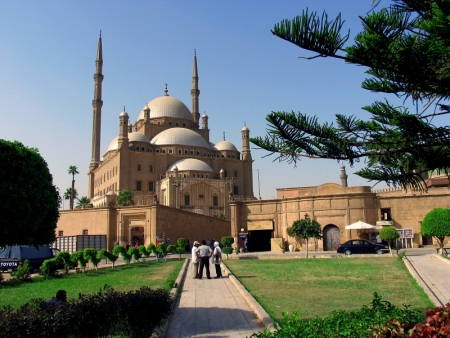
Salah El Din (known as Saladin to European historians) overthrew the Fatimid dynasty in 1171 AD, establishing the new Sunni Ayyubid Caliphate.

The most famous site in Coptic Cairo is the Church of the Virgin Mary, better known by its nickname, the Hanging Church. Learn more!

Egyptians refer to Downtown as Wust al-Balad, which can be poetically understood to mean “the heart of the country”. This crowded, bustling district of Cairo certainly lives up to the name.
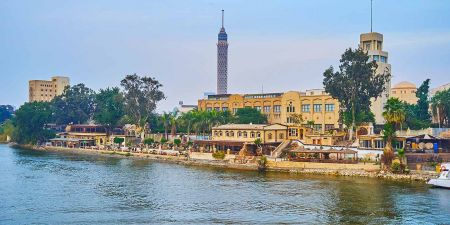
Gezira is the Arabic word for island, but in Cairo, it is most commonly used to refer to a specific island in the middle of the Nile between Downtown Cairo and the area in Giza known as Dokki.
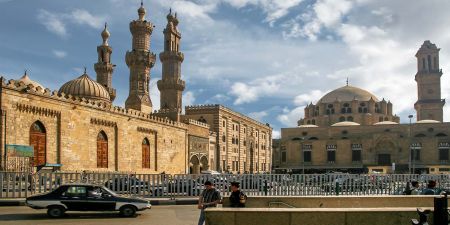
Islamic Cairo is the historic core of the city. When the Fatimid dynasty conquered Egypt in 969 AD, they constructed a new capital north of the existing city to serve as their administrative center.
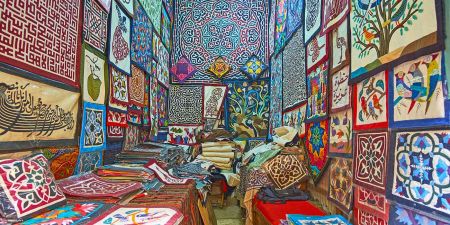
Just beyond the southern walls of Fatimid Cairo across the street from Bab Zuweila stands a singular space in modern Cairo.
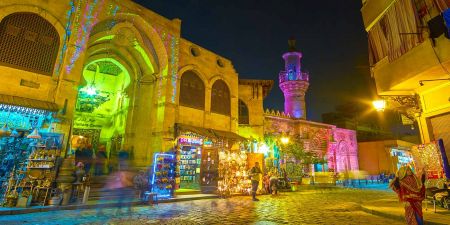
When the Fatimids took control of Egypt in 969 AD, high taxes and poor governance by the Ikhshidid Abbasidds, who had ruled Egypt since 905 AD, had ravaged the region and its capital, Fustat.

